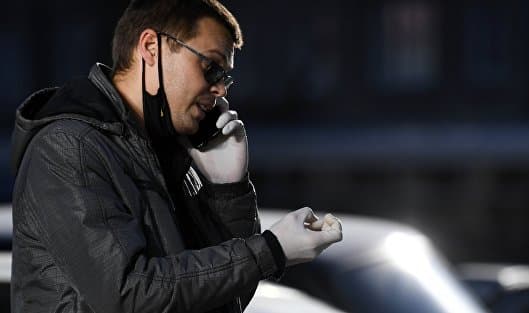Five years ago, Vitalik Buterin, founder of Ethereum, wrote about the state of blockchain. Time for Buterin to take stock. Have we solved the most important cryptographic challenges?
The problems of five years ago
In 2014, Buterin published a list of 16 “difficult problems” in mathematics, computer science and economics that he considered important for cryptocurrency. For problems, think of well-known showpieces such as the scalability problem of blockchain and proof of stake. There were also economic issues, largely focused on offering fully decentralized alternatives to existing social mechanisms. According to Buterin, most problems have not yet been sufficiently addressed. Some problems are only solved on a theoretical level.
And the challenges on which most progress has been made still have to be tested in a real environment.
Sharding solutions
Buterin thinks that the scalability problem has largely been solved, at least from a theoretical point of view. He mainly looked for solutions that use sharding: According to Buterin, OmniLedger, LazyLedger and Zilliqa are alternative solutions for the coming Ethereum 2.0. However, the practice is another matter, because he emphasized that “fully sharded block chains are still not tested live.” Only Zilliqa showed what it was worth because they have already partially implemented sharding.
Zero proof
Proof of computation is the ability to cryptographically prove that a certain calculation has been performed correctly. Buterin has been impressed by the progress over the past five years. Zero knowledge proof technologies such as SNARKs and STARKs are now “increasingly better understood.” You can see that from various proof of concept such as that from STARKDEX.
There are still efficiency problems, but these are mainly in the details than that they are fundamental in nature.
Acceptable risk of centralization
He also discussed the role of ASIC computer chips. These are specialized computer chips that are only used for mining. Buterin says that the role of these mining chips has been kept somewhat manageable. Ethereum’s Ethash algorithm uses a memory-intensive approach, which means that the role of ASICs is relatively marginalized.
Buterin says that ASICs have now become stronger, but at best they are five times more efficient than GPUs. Buterin considers this an acceptable risk of centralization before the transition to Ethereum 2.0. “In the long term, proof of stake is the best choice,” said Buterin.
Proof of stake
He thinks that proof of stake has developed considerably over the past five years. Yes, compromises have to be made because you do have to compromise on proof of work in certain areas. But there are more and more variations of proof of stake. Buterin does think that you can only really draw conclusions if proof of stake is actually tested in the real world.
Decentralized stablecoins
“Stable valued crypto currencies”, or stablecoins, have made limited progress, according to Buterin. He thinks that MakerDAO alone is a divided success. This coin is the only coin that has remained stable precisely because of decentralization. However, MakerDAO also has to prove itself further. Think of stronger and faster price drops, attacks on the underlying blockchain and exploits against the Oracle system can all threaten the stability of the Maker ecosystem.
On to the next five years, with new challenges
Buterin concludes with a new list of problems. Of course, this also includes the old problems from 2014, albeit with a different perspective. Notable new challenges include cryptography that can compete with quantum computers, responses to 51 percent attacks, and new decentralized autonomous organizations.
He is hopeful. Problems on the first layer of blockchain are decreasing and the challenges on the application layer are only just starting.















